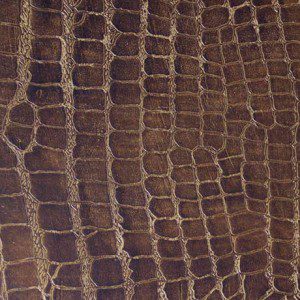After stepping away from my writing for a few days, I re-read my most recent chapters. They felt so comfortable I almost went to sleep. I knew I’d formed some bad habits.
I started with an objective to write a page-turner that riveted the reader from beginning to end. But somewhere along the way, I started wrapping up loose ends. Soon, each chapter closed without creating any suspense.
I recalled that William Noble dedicated a chapter to this subject in Conflict, Action & Suspense (Elements of Fiction Writing). So I pulled the book out and reviewed Chapter 4 – Leave ‘Em Hanging.
Here are some of his key points.
How It Works to Create Suspense
Leaving them hanging works because readers approach it with double expectations:
- They expect to be left hanging.
- But they expect to have the drama ultimately resolved. We can leave them hanging only for a limited time.
Techniques
Scene Cuts Create Suspense
Quickly cut from one scene to the next, changing point of view. The movement itself is what makes this create suspense. It doesn’t allow the reader to relax and become immersed in the extended playing out of the scene.
Use Transitions to Build Suspense
Transitions are devices to move the reader across time or place from one scene to another. Used properly, they can lengthen tension and apprehension.
The key is this: Transitions should occur during tense moments; they should not resolve the problem or the dilemma or the confrontation, at least not right away. Allow the conflict to resonate for a while, and this will make the transition more significant and more useful.
Pace Your Story to Build to a Climax
Pacing a story involves writing rises and falls in action and building suspense that leads to a climax in a satisfying way. Keys from Mr. Noble:
- Don’t pick up the story threads too quickly.
- Let uncertainty fester in the reader.
- Stretch out the rescues and solutions.
- Offer less than satisfactory alternatives or dilemmas and problems.
How to Create Suspense Summary
To compose a page-turner, we’ve got to leave the reader hanging. Scenes and chapters need to end abruptly. If there are no loose ends, then the writer must create some.
The pace needs to keep the tension rising. Too much, too fast, and it will be unsustainable. Too slow, and the reader will get bored. Leaving things hanging is just one of the tools for ratcheting up the tension.
Update:
After writing this post, there was a particular chapter in The Thread that bothered me. In the chapter, my two protagonists get separated during an action scene. Before the end of the chapter, they find each other.
I chopped off the last part of the chapter so that after pulling himself out of the raging whitewater, my hero becomes despondent when he can’t find his female partner. The story doesn’t come back to them for three chapters. Even then, I took my time before reuniting them.
I feel better now.
Do you have any scenes or chapters that end too neatly? If so, tell us about how you cleaned them up.
Comments
Related Posts

My Inside-Out Character Development Model
To develop realistic characters that engage readers, I use an inside-out character development model. Here is how it works.

How To Write Engaging Dialogue
I’ve spent years honing my dialogue writing skills. Here are some of the steps I use to make my dialogue natural and engaging.

Pantser to Plotter
My brother wrote, “I’m a pantser. My guess is that you’re a plotter.” He was only partly right. Things aren’t always black or white.

The Right Skin Type To Be A Successful Writer
Successful authors share the same skin type. Do you have what it takes?


